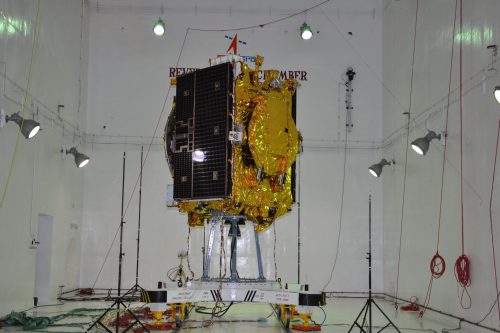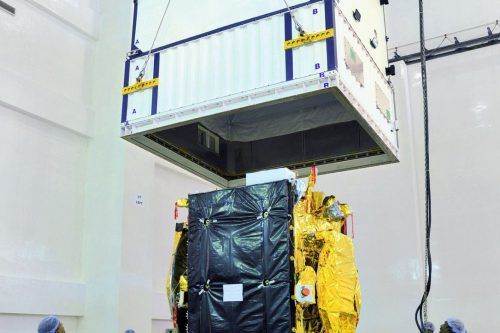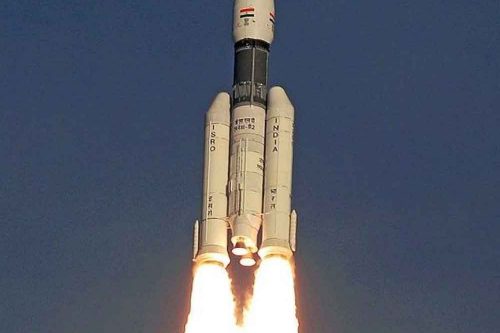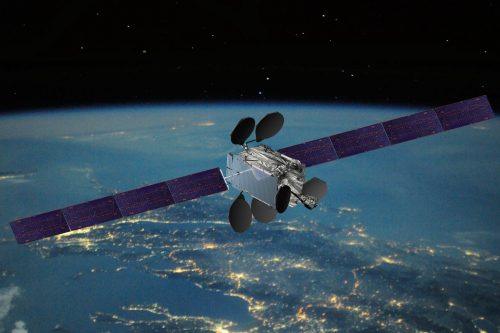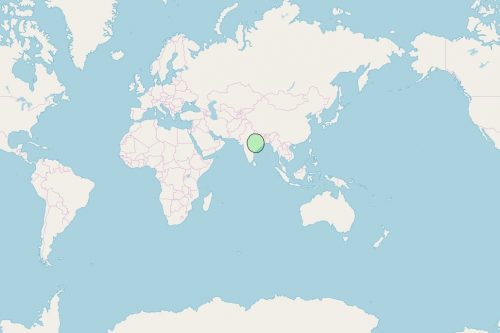
Back to selection
GEO Satellite
GSAT-9 (South Asia Satellite) GEO
succesfull
Launch date
5 May 2017
Dedicated Mission
Country

Purpose
Communication
Position
GSAT-9 (South Asia Satellite) at 97° East
Manufacturer
Indian Space Research Organization (ISRO)
Operator
Indian Space Research Organization (ISRO)
Launch operator
Indian Space Research Organization (ISRO)
Launch vehicle
GSLV
Expected lifetime
12 Years
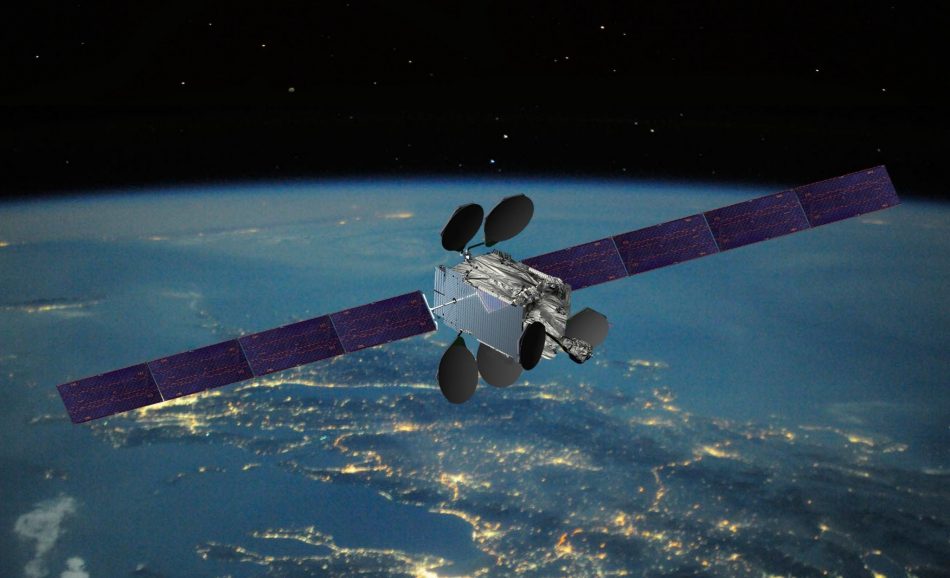
Region
Asia Pacific Region
GSAT-9 Geostationary Communication satellite was realized by ISRO from India. The primary objective of GSAT-9 was to provide various communication applications in Ku-band with coverage over neighbouring countries of the SAARC (except Pakistan, which opted out) as South Asian Satellite.
GSAT-9 is configured around the ISRO’s standard I-2K bus. With lift off mass of 2,230kgs. the main structure of the satellite is cuboid in shape built around a central cylinder. GSAT-9 carries communication transponders operating in Ku-band.
The two solar arrays of GSAT-9 consisting of Ultra Triple Junction solar cells generate about 3,500W of electrical power. Sun and Earth sensors as well as gyroscopes provide orientation reference for the satellite. The Attitude and Orbit Control System (AOCS) of the satellite maintains its orientation with the help of momentum wheels, magnetic torquers and thrusters. The satellite’s propulsion system consists of a Liquid Apogee Motor (LAM) and chemical thrusters using liquid propellants for initial orbit raising and station keeping. The satellite also carries plasma thrusters, assisting in station keeping.
After delays, GSAT-9 was finally launched on May 5th, 2017 on ISRO’s GSLV-Mk II rocket from the Second Launch Pad (SLP) at Satish Dhawan Space Centre SHAR (SDSC SHAR), Sriharikota in India.
GEO Satellite
GSAT-9 (South Asia Satellite)
succesfull
GEO Satellite
GSAT-9 (South Asia Satellite)
succesfull
